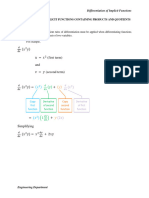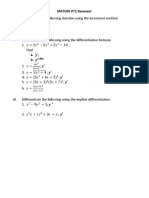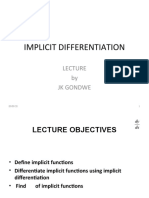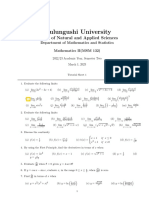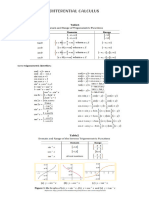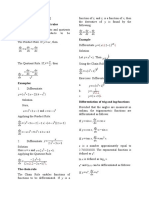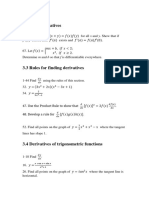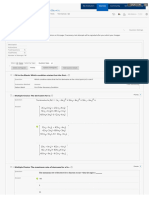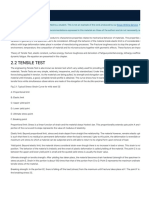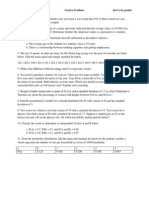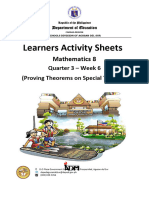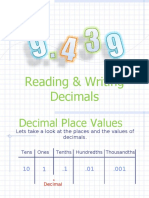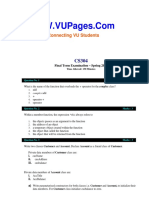0% found this document useful (0 votes)
129 views5 pagesImplicit Differentiation Guide
Functions mathematics
Uploaded by
Sultry PapiCopyright
© © All Rights Reserved
We take content rights seriously. If you suspect this is your content, claim it here.
Available Formats
Download as PDF, TXT or read online on Scribd
0% found this document useful (0 votes)
129 views5 pagesImplicit Differentiation Guide
Functions mathematics
Uploaded by
Sultry PapiCopyright
© © All Rights Reserved
We take content rights seriously. If you suspect this is your content, claim it here.
Available Formats
Download as PDF, TXT or read online on Scribd
/ 5

